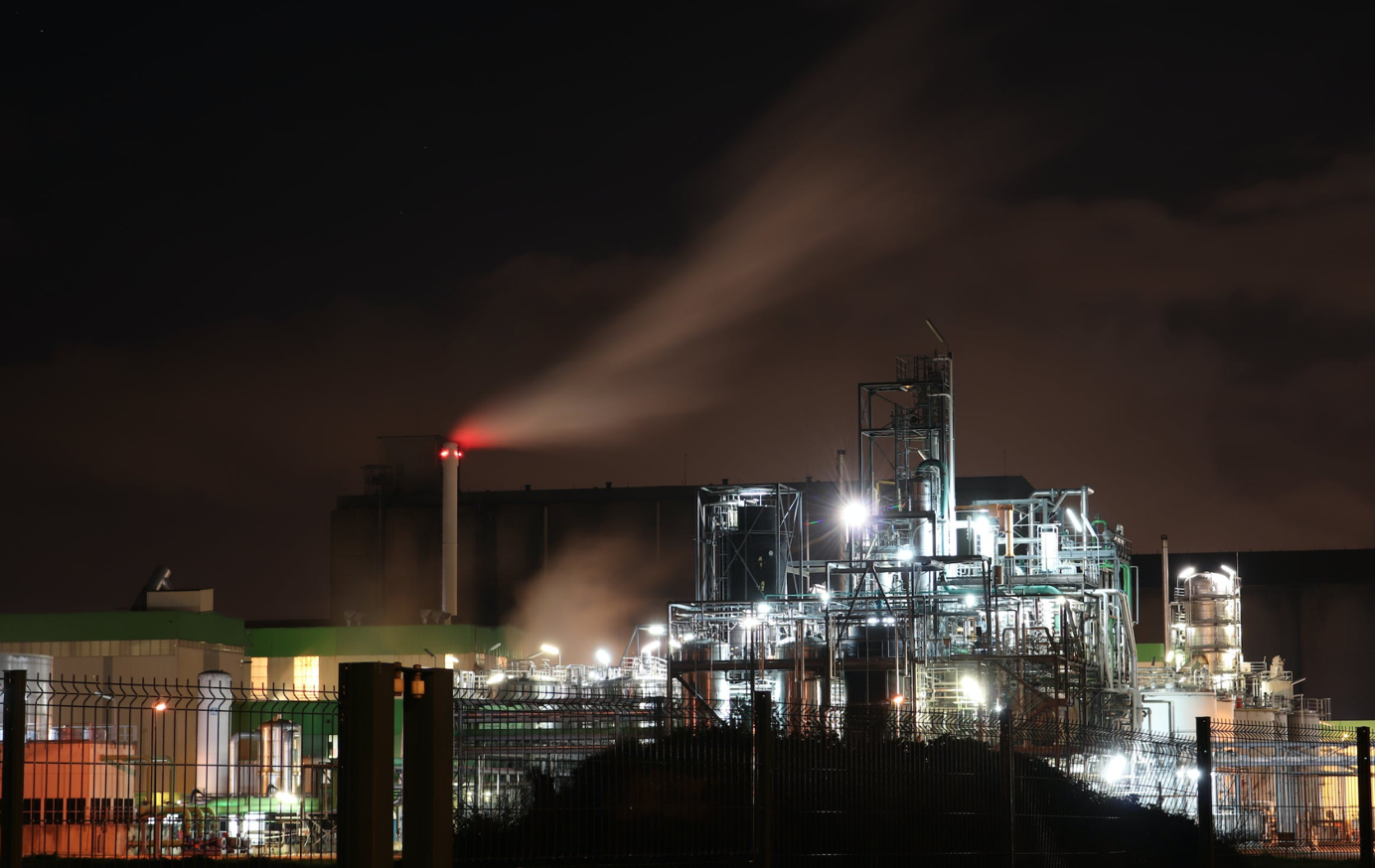In a perfect world, sustainable biofuel production will steer clear of indigenous land, while at the same time using a great deal of profits for preventing active deforestation.
Energy production has a firm grip on the health of our environment. People are looking for new ways to loosen their dependence on fossil fuels, using solar energy to power their homes, and turning in their gas-powered cars for greener, electric vehicles (EVs). EVs offer several benefits to the average consumer, including the fact that they have zero tailpipe emissions and reduce one’s dependence on fossil fuels. However, electric power may not be able to address all of a society’s fuel needs – which is where biofuels come in.
The use of biofuels for important manufacturing machinery and transportation is something many businesses are considering or even currently investing in. However, this transition becomes complex when these businesses impede indigenous land rights. Harvesting natural resources and relocating manufacturing facilities onto land where indigenous folks have deeply entrenched cultural ties creates a ripple effect that could offset whatever good can come from the production of sustainable biofuels in the first place.
Where Do Biofuels Come From?
Biofuel tends to be made from plant-based materials, like sugarcane, algae, and corn, or animal fats. Biodiesels, which are produced from animal fats and oils, use a transesterification process to convert a mixture of these oily products and alcohol into renewable energy. This fuel source has a positive environmental impact, especially when incorporated into the transportation industry. Most light-to-heavy diesel vehicles can run on a biodiesel hybrid, reducing carbon emissions by nearly 75% and allowing businesses the opportunity to use this efficient fuel source for their delivery truck fleet.
To create plant-based fuels like ethanol, the crop – in this case, corn – is broken down further by milling and fermentation after adding enzymes that transform the starchy resource into sugar. From there, the fermentation process turns the sugar into alcohol, creating ethanol, which is commonly blended with traditional fuel options like diesel.
Biofuels can also be derived from existing carb-rich food waste, like straw or common kitchen waste. Through anaerobic digestion, which is stimulated through a reactor, bacteria break down waste, producing biogas and digestate. Biogas is primarily composed of methane, along with carbon dioxide and other components. Digestate consists of liquid and solid waste leftovers that cannot be turned into biogas. This renewable energy source can be used to heat factory machinery and vehicle engines, allowing companies to reduce their greenhouse gas output.
How Biofuel Cultivation Interferes With Land Ownership
Producing large amounts of biofuel requires land for production plants and finding space to grow the crops themselves. Many key players in the biofuel production industry outsource crop growth to independent farmers. Others, like Bill Gates, find purchasing farmland and personally overseeing the harvest to be the more profitable option.
However, Gates and other prominent fuel figures aren’t just purchasing land for fuel cultivation – they are using their wealth to claim land that has been generationally revered by Indigenous folks. Legally, folks like Gates have every right to purchase this land and use it as they please. Ethically, they are privatizing nature and preventing the people who live in these areas from benefitting from the rich soil, the natural resources, and the expanse of healthy land.
Global Biofuel Production Rights and Their Adverse Impact
Energy titans are encouraged by the law to exercise this right over available agricultural land. In many areas like Hawaii, agricultural land districts can be utilized for all aspects of biofuel implementation, from growth and cultivation to production, storage, transportation, and other aspects of the supply chain. This allows biofuel interests to be expanded to the fullest capacity on land that is precious to natives for both cultural reasons and community-centered essential resource mining.
Though biofuel production is subject to regulation, these legal parameters do not center on inherent land rights or nature preservation in the way native communities require. In fact, they look more to reward biofuel producers rather than discourage rampant land grabbing.

In Minnesota, the Department of Agriculture offers a grant for biofuel producers as long as 80 percent of the raw materials used for production come from Minnesota. When it comes to protective legislation for indigenous folks, laws like HF 1042/SF 1087 extend protections for traditional home construction and indigenous folks’ right to participate in climate control. But we still must encourage lawmakers to preserve land rights in ways that align with native practices, instead of valuing commodities over practical land rights solutions.
Beyond the West, biofuel production has the potential to upset the survival of 60 million indigenous people in Indonesia. Palm oil is a large resource in this area that requires ideal soil conditions for growth, but indigenous populations also live on this land. With the impending threat of excess deforestation, tens of millions of native folks are being forced to relocate for the sake of biofuel production. Though legal efforts were made by the U.N. Human Rights Council in November 2007 for legislation that supports indigenous land ownership, Indonesia continues these deforestation practices today, with a projected 55 million acres of land to be allocated for palm oil biofuel production by 2025.
Final Thoughts
In a perfect world, sustainable biofuel production will steer clear of indigenous land, while at the same time using a great deal of profits for preventing active deforestation. Laws must be implemented to restrict the growth of biofuel plants, creating a firm ratio of private biodiesel manufacturing land ownership to publicly owned land.
In a philosophical sense, nature belongs to everybody, a sentiment bolstered by Enlightenment-era philosopher Thomas Paine, who once proclaimed the natural environment is “the common property of the human race.” But in most contemporary legislation, land ownership essentially begins with the government and is dispersed to the people with the cash to claim it. Land no longer belongs to the people; rather, it is up for timeless ownership for the one with the highest bid.


Join the conversation!